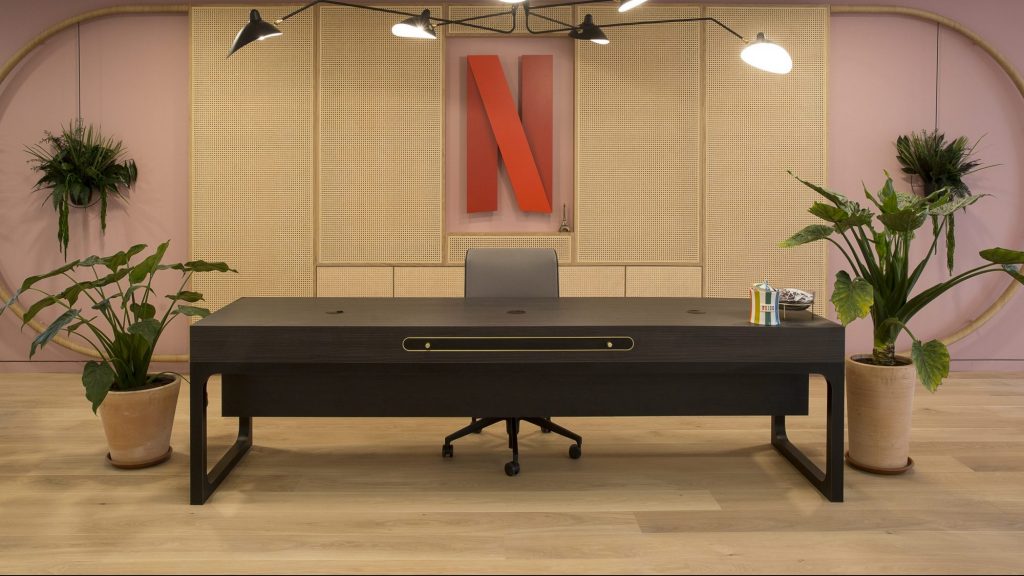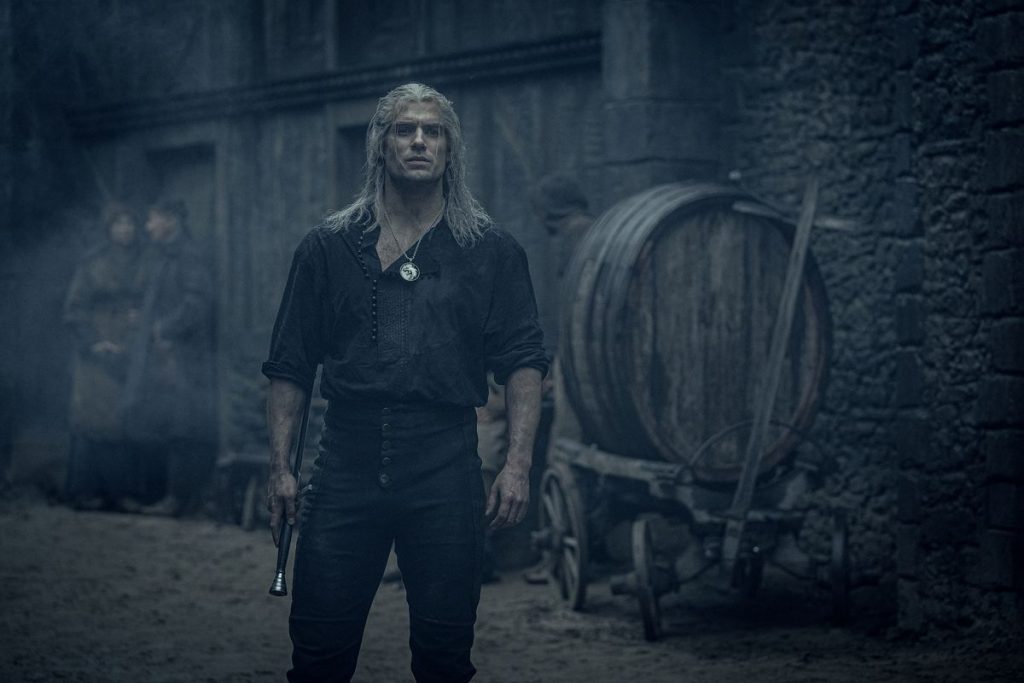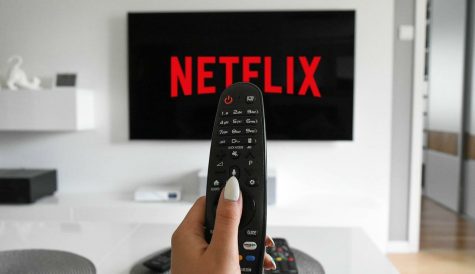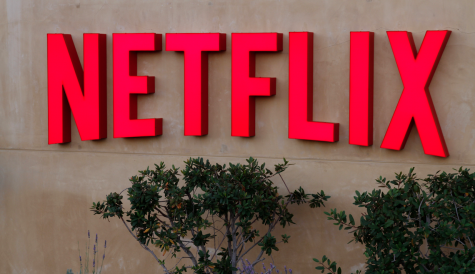Will Netflix look eastwards as the US becomes more congested in 2020?

The end of 2019 was an overachievement for Netflix. This is not an editorialised judgement, but rather one from the company itself.
In Q4, the company added 8.8 million subscribers, notably more than its forecast 7.6 million growth. Streaming ARPU increased by 9% year-over-year and it met its full year operating margin target of 13%.
In his investors’ note, CEO Reed Hastings attributed this success to “our broad slate of original programming and the worldwide adoption of streaming video.”
Its success is pronounced in international markets – topping 106 million – and this combined with revenue increases overall has set the company up going forward as IHS Markit analyst Max Signorelli notes: “Passing 100m paying subscribers outside the US is a significant milestone for Netflix but more important is the growth in its revenues. Despite some subscriber backlash, various price increases helped Netflix grow its annual revenues by nearly 30% YoY with this set to continue into the new year and beyond.”
Certainly the company has cranked up prices across multiple markets. In May, the company increased its UK pricing by up to 20%, while it most recently has continued the trend in Belgium. Still, any time the company does alter its pricing structure, a spokesperson will invariably state that the service still offers value for money. As one commented on the UK’s increase: “We change our prices from time to time to reflect the significant investments we’ve made in new TV shows and films, as well as improvements to our product.”
Along with major investments in original programming – hit series The Witcher cost a reported US$15 million per episode – the company is also spending big in an attempt to plug the holes that are being left by the losses of major series like The Office and Friends. The company picked up the rights to Seinfeld in September, and though a figure wasn’t known it was believed to be more than the US$500m that NBCUniversal paid for The Office.
Signorelli continued on to note that the price increases “will be increasingly important as programming is increasingly withheld from OTT subscription video providers and Netflix continues its own massive investment in original content.”
On the topic of those originals, the company used its earnings call for an out-of-the-ordinary practice: comparing its product to that of other streamers.
During the earnings call, chief content officer Ted Sarandos said: “The Witcher [showed] the kind of pent-up demand for known IP, but man, the show delivered for people – who delivered viewing hours for us.”
Boasting about the internal success of a show is a common practice, but the company went one step further and actually compared The Witcher to the flagship shows of Disney+ (The Mandalorian), Amazon Prime Video (Jack Ryan) and Apple TV+ (The Morning Show). Utilising Google Trends (which The Verge’s Nick Statt pointed out is a questionable practice at best), the company argued that its new series was the most talked about of the bunch by some distance.
Regardless of whether this is a somewhat misleading statement, the fact that Netflix is even mentioning the specific series of its competitors should show that it is publically looking over its shoulder, particularly in its home country.
While the story is positive internationally, success has been much less pronounced in the US. American subscribers grew by only 420,000 compared with 1.75 million for the same period a year ago.
There will of course come a saturation point where it becomes impossible to exponentially grow subscribers in any one country, but Hastings wrote that “US competitive launches” had contributed to this.
Netflix’s muted domestic performance can be set against a Disney+ launch that exceeded even the loftiest of expectations, reaching 15 million subscribers in its first five days. A little over three months since Disney+’s launch, Disney’s direct-to-consumer streaming business (which also includes Hulu and ESPN+) is already estimated to be worth more than US$100 billion. And all of this is after Disney+ launched in no more than five countries, with a wider European launch this week set for March 24.
Hastings acknowledged that Disney+ will “be a global service quite quickly”, making it an even bigger threat. Meanwhile Comcast and AT&T will launch Peacock and HBO Max respectively before the summer, making the US market even more crowded.
With this in mind, it is no surprise that Netflix is focusing more on the international market.
Within the past week alone, Netflix has signed an extended deal with Sky in the UK, opened a new office in Paris, announced it is going to almost double its French content, acquired the rights to 21 Studio Ghibli films outside of Japan and the US, and even mooted working with Prince Harry and Meghan Markle. This is in addition to previously announced increases to international production spend.
This is not to say that Netflix is giving up on the US by any stretch, but there is less room to manoeuvre in a local market congested with so many other heavy hitters and other parts of the world present greater opportunities.
Will Netflix spend the next 12 months dedicated to building on its international position and utilising its head start over Disney, Comcast et al? Stranger things have happened.




